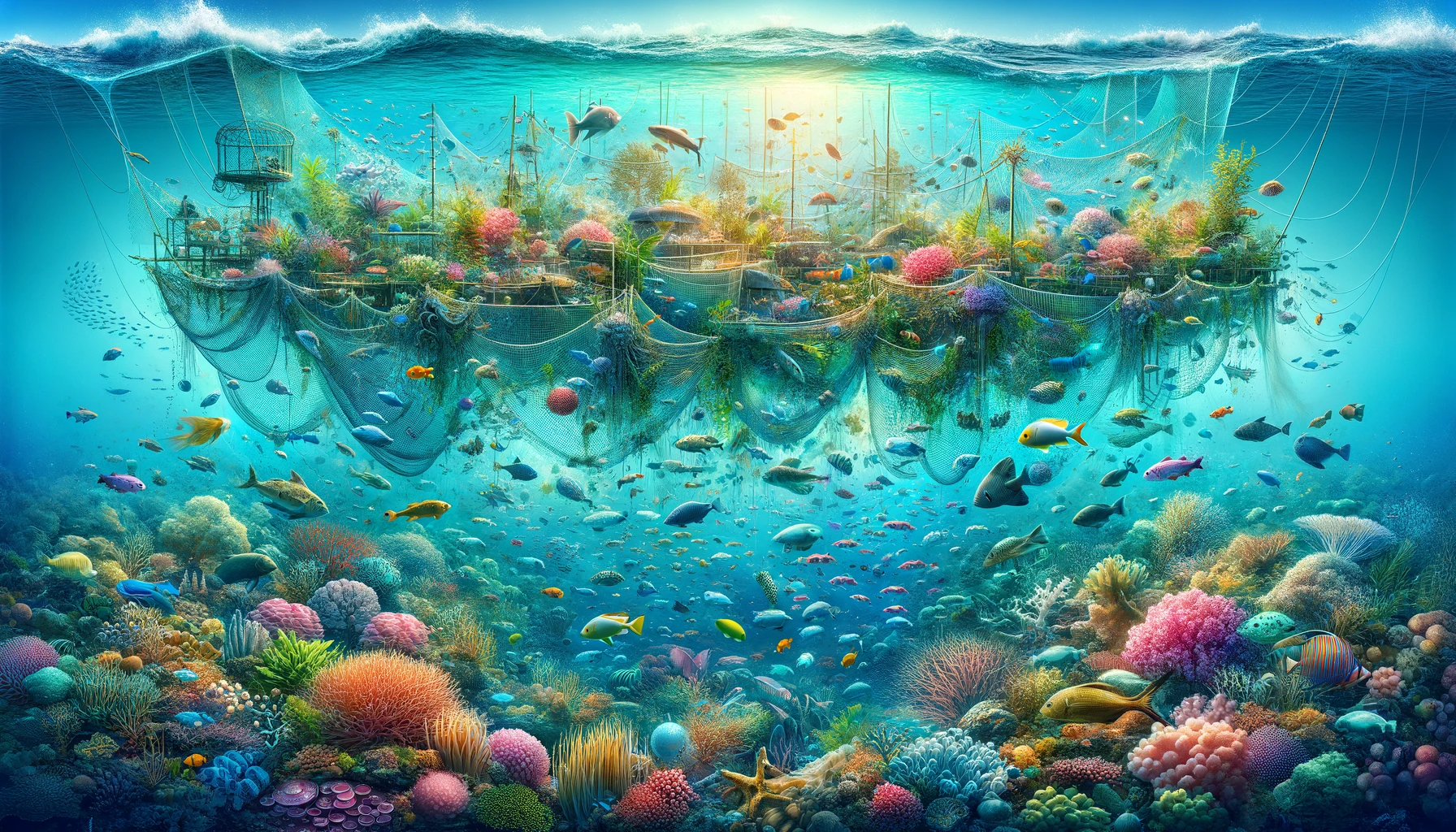As global fish consumption continues to rise, the sustainability of seafood becomes ever more critical. Ocean-friendly choices ensure that seafood resources remain abundant for future generations, while protecting marine ecosystems.
1. Overfishing and Its Consequences
Overfishing depletes fish populations faster than they can reproduce, destabilizing marine ecosystems and threatening the livelihoods of communities dependent on fishing1.
2. Aquaculture: A Double-Edged Sword
When practiced sustainably, aquaculture can alleviate pressure on wild fish stocks. However, poorly managed fish farms can lead to pollution, disease, and escapees that impact local marine life2.
3. Bycatch and Its Impact
Many fishing techniques unintentionally capture non-target species, known as bycatch. This affects marine biodiversity and can lead to the decline of endangered species3.
4. Eco-Labels and Certifications
Labels like the Marine Stewardship Council (MSC) and Aquaculture Stewardship Council (ASC) offer guidelines for consumers looking for sustainably sourced seafood4.
5. Seasonal and Local Choices
Choosing locally-sourced and seasonal seafood can reduce transportation-related carbon emissions and promote regional biodiversity5.
6. Consumer Power
Consumer demand for sustainable seafood can influence industry practices and policies. Being informed and making mindful choices can drive positive change6.
7. Policy and Marine Protected Areas
Governments can play a role by establishing marine protected areas (MPAs) that offer refuge for marine life and allow depleted stocks to recover7.
Conclusion
Sustainable seafood is more than just a trend—it’s a necessity. By making informed choices, supporting eco-friendly practices, and advocating for protective policies, we can enjoy the bounties of the sea while ensuring its health for generations to come.
References:
- Worm, B., et al. (2006). Impacts of biodiversity loss on ocean ecosystem services. Science, 314(5800), 787-790.
- Naylor, R. L., et al. (2000). Effect of aquaculture on world fish supplies. Nature, 405(6790), 1017-1024.
- Kelleher, K. (2005). Discards in the world’s marine fisheries. An update. FAO Fisheries Technical Paper No. 470. Rome, FAO.
- Jacquet, J., & Pauly, D. (2007). The rise of seafood awareness campaigns in an era of collapsing fisheries. Marine Policy, 31(3), 308-313.
- Cashion, T., et al. (2017). Most fish destined for fishmeal production are food-grade fish. Fish and Fisheries, 18(5), 837-844.
- Clucas, I. (1997). A study of the options for utilization of bycatch and discards from marine capture fisheries. FAO Fisheries Circular No. 928. Rome, FAO.
- Roberts, C. M., et al. (2005). Marine biodiversity hotspots and conservation priorities for tropical reefs. Science, 295(5558), 1280-1284.


